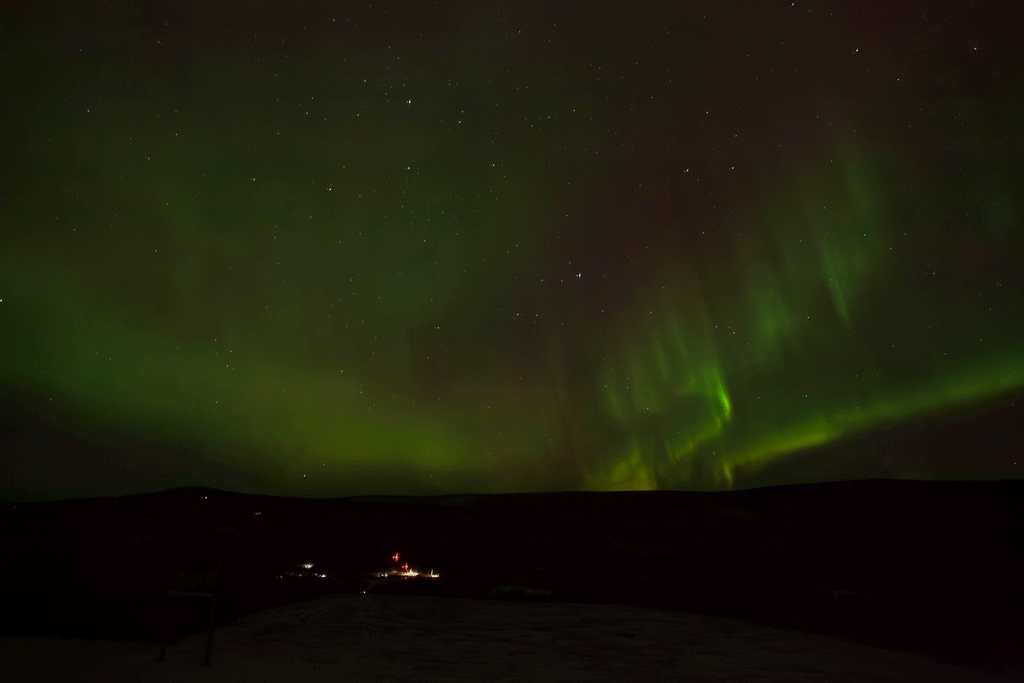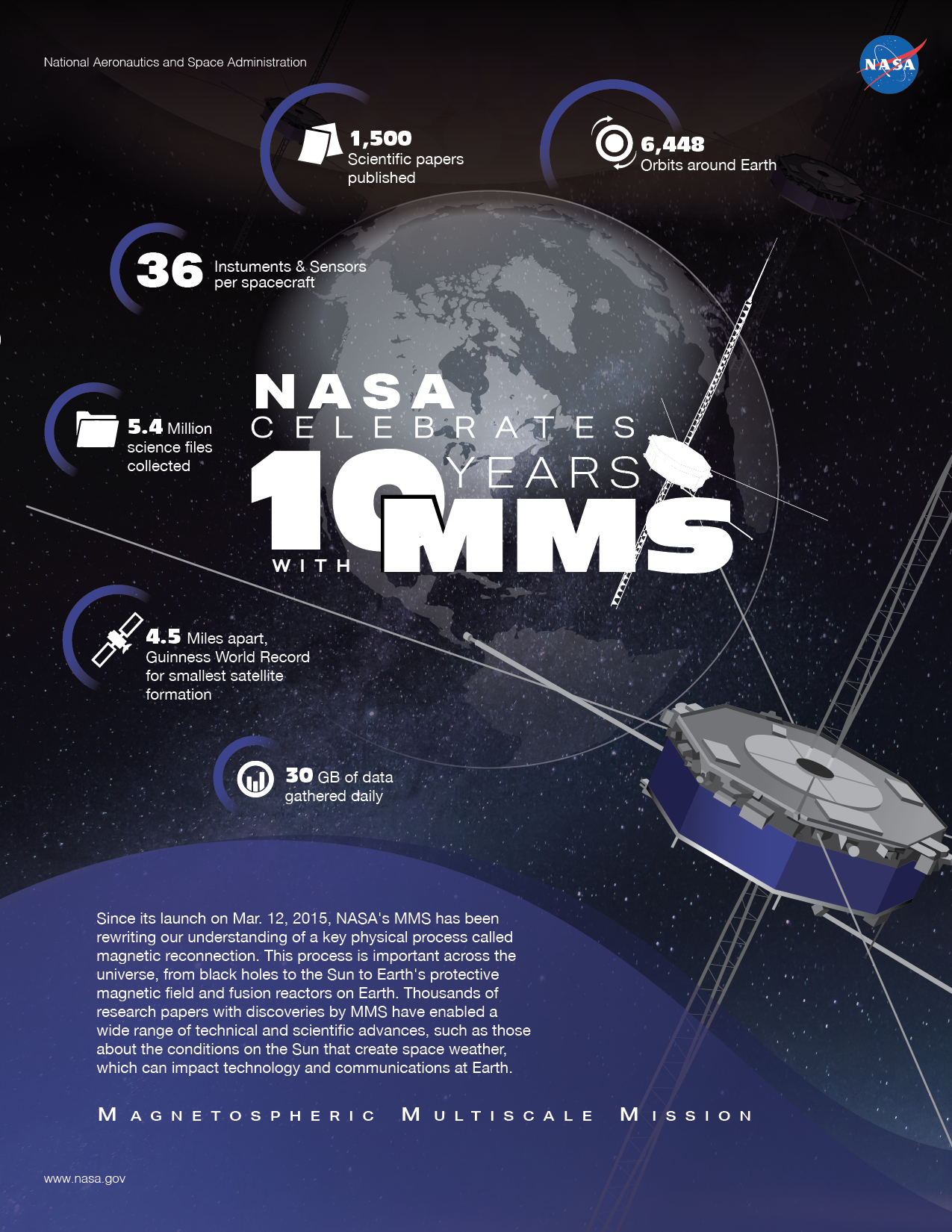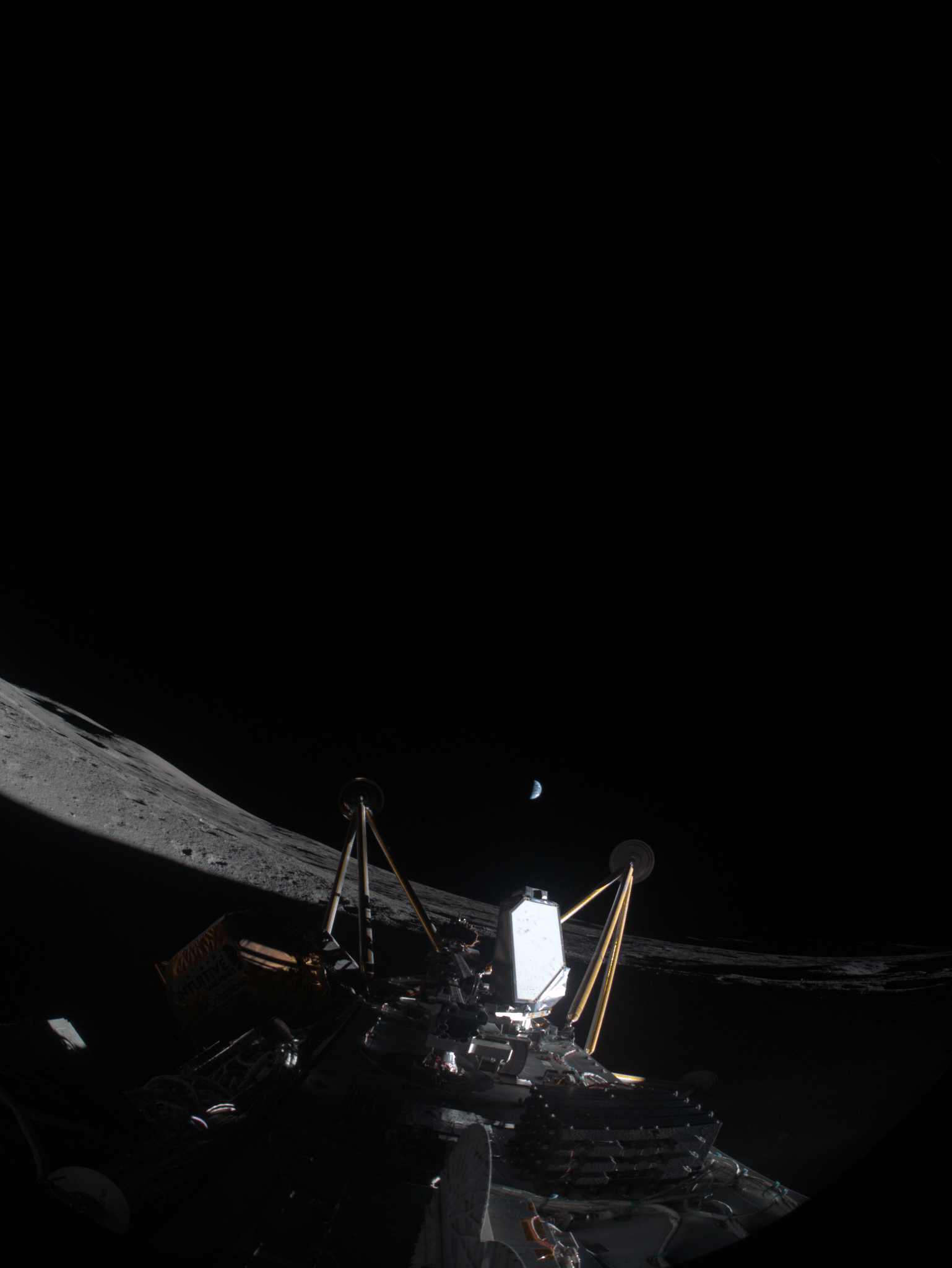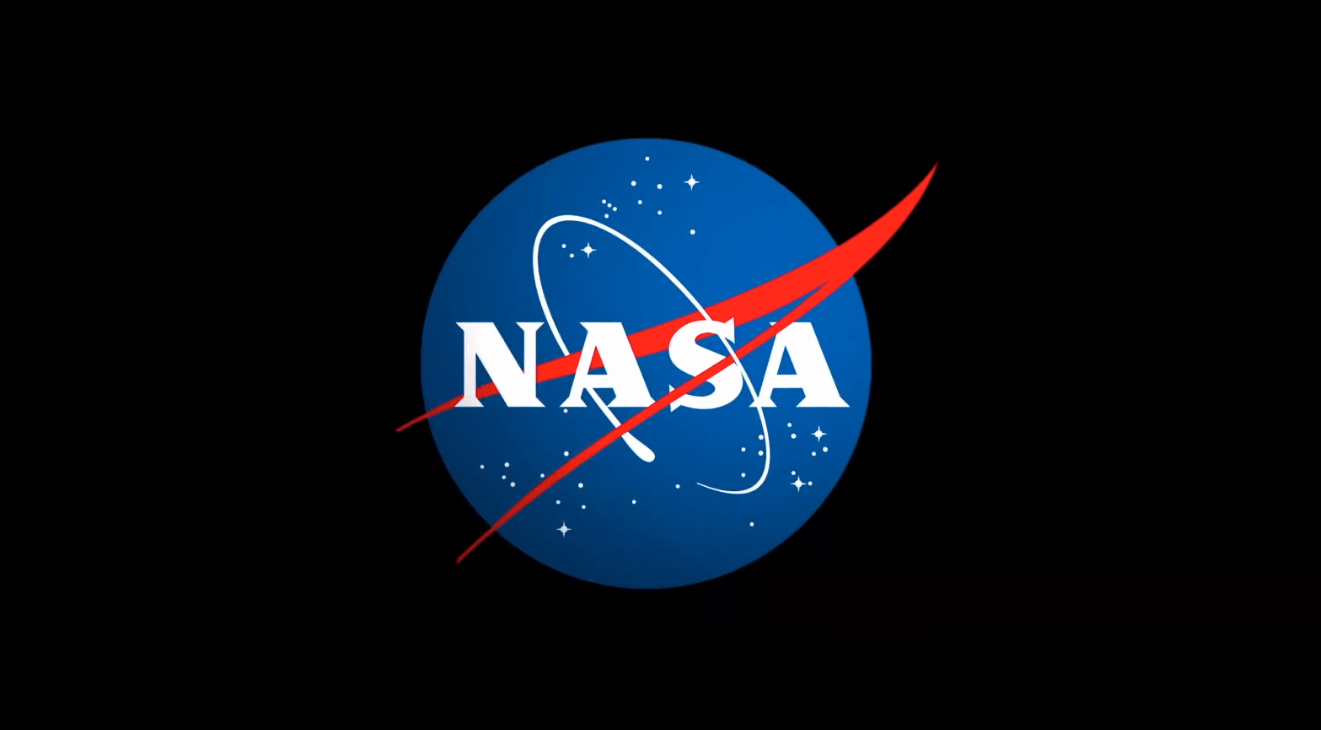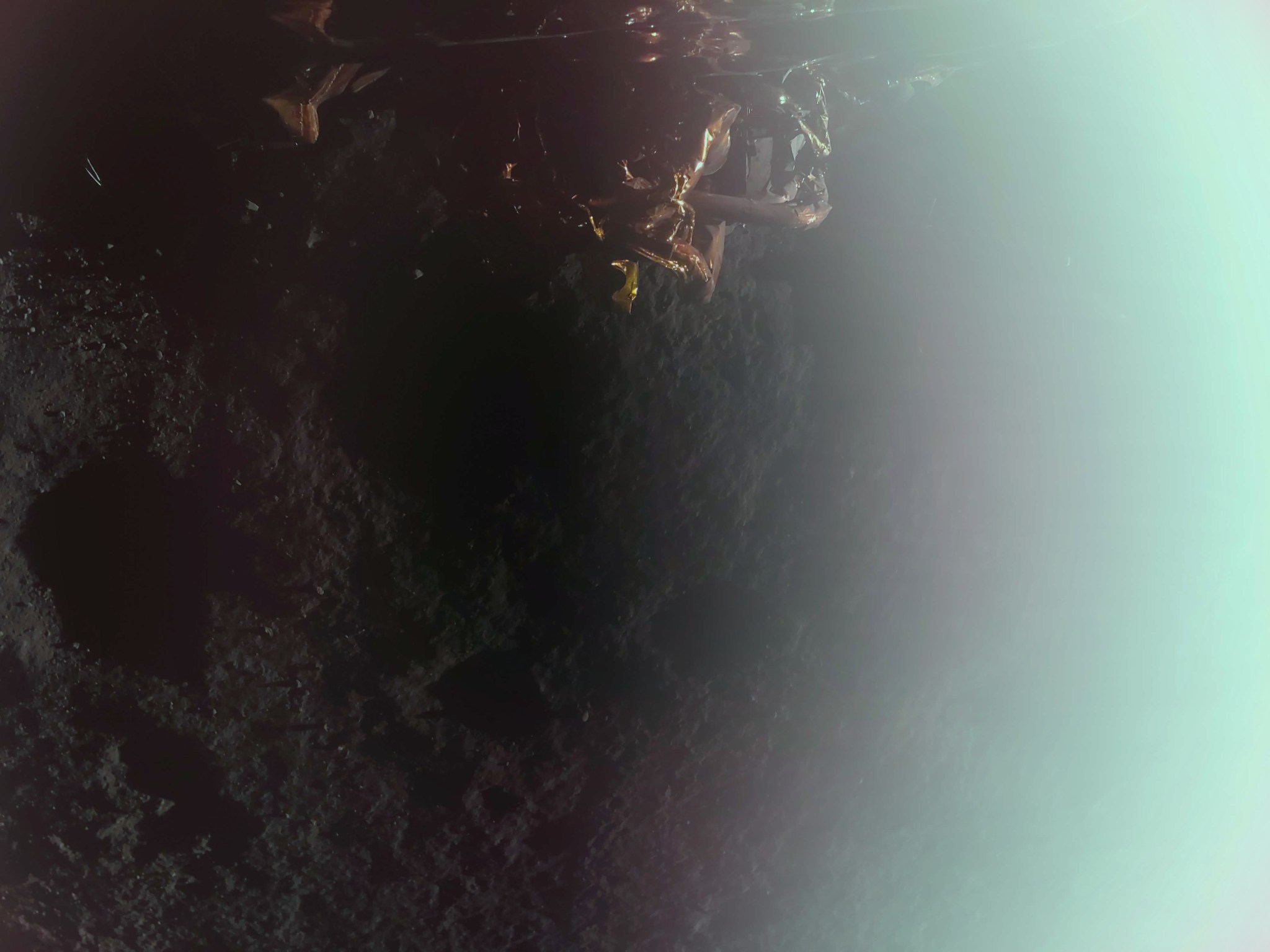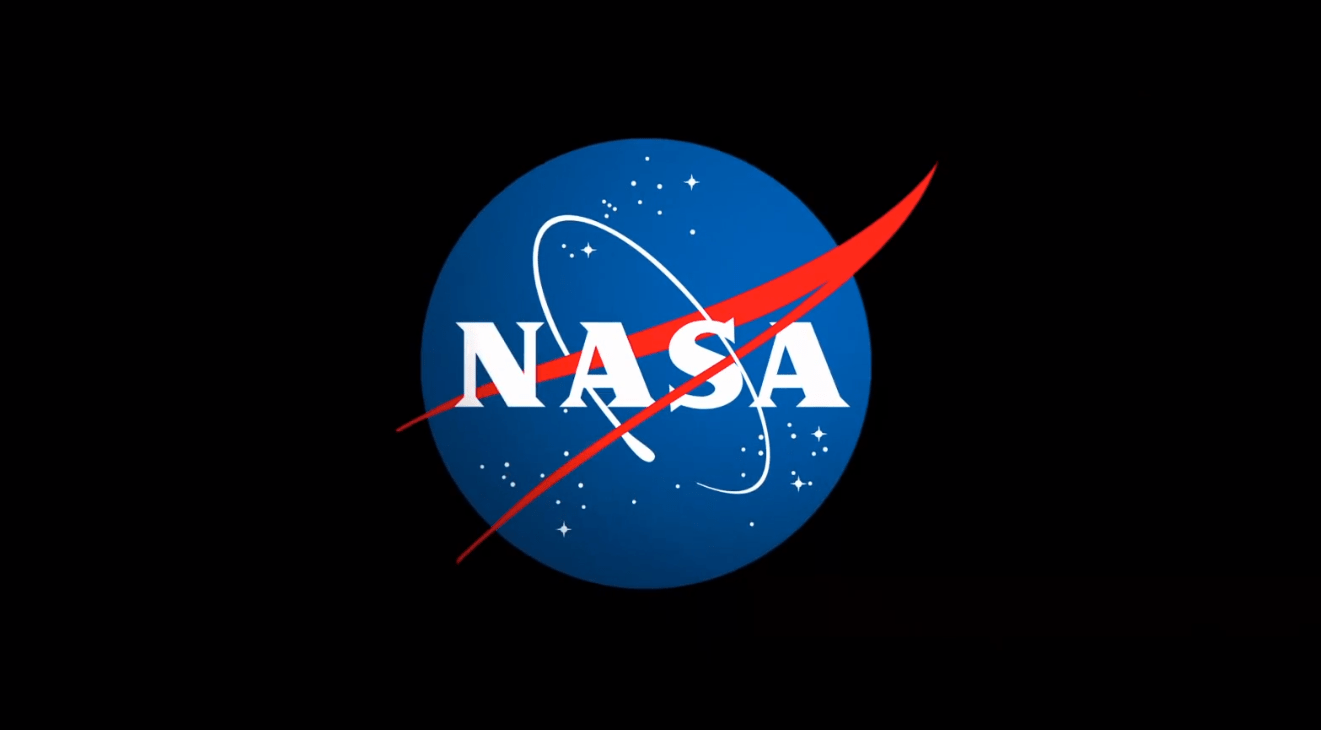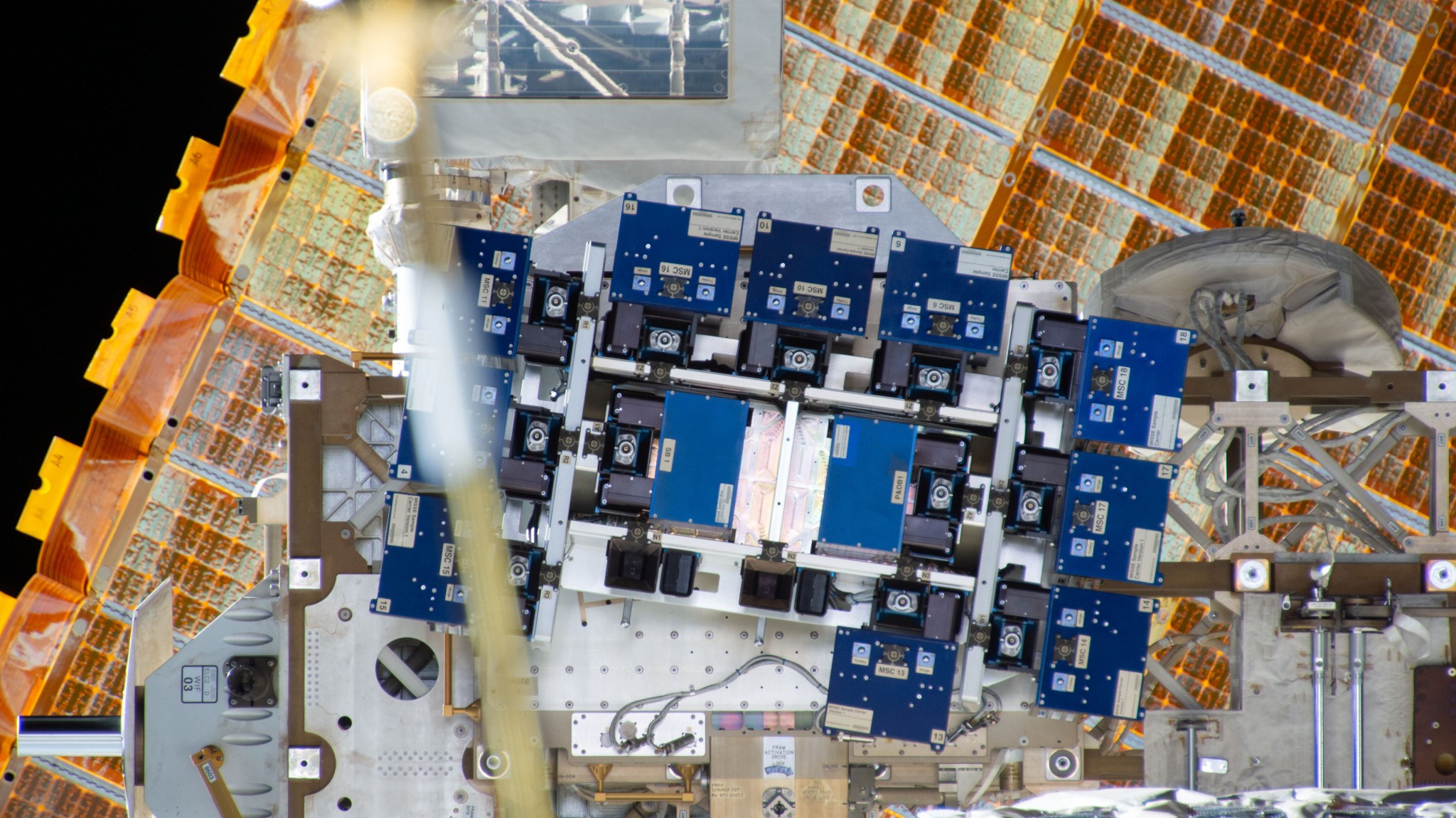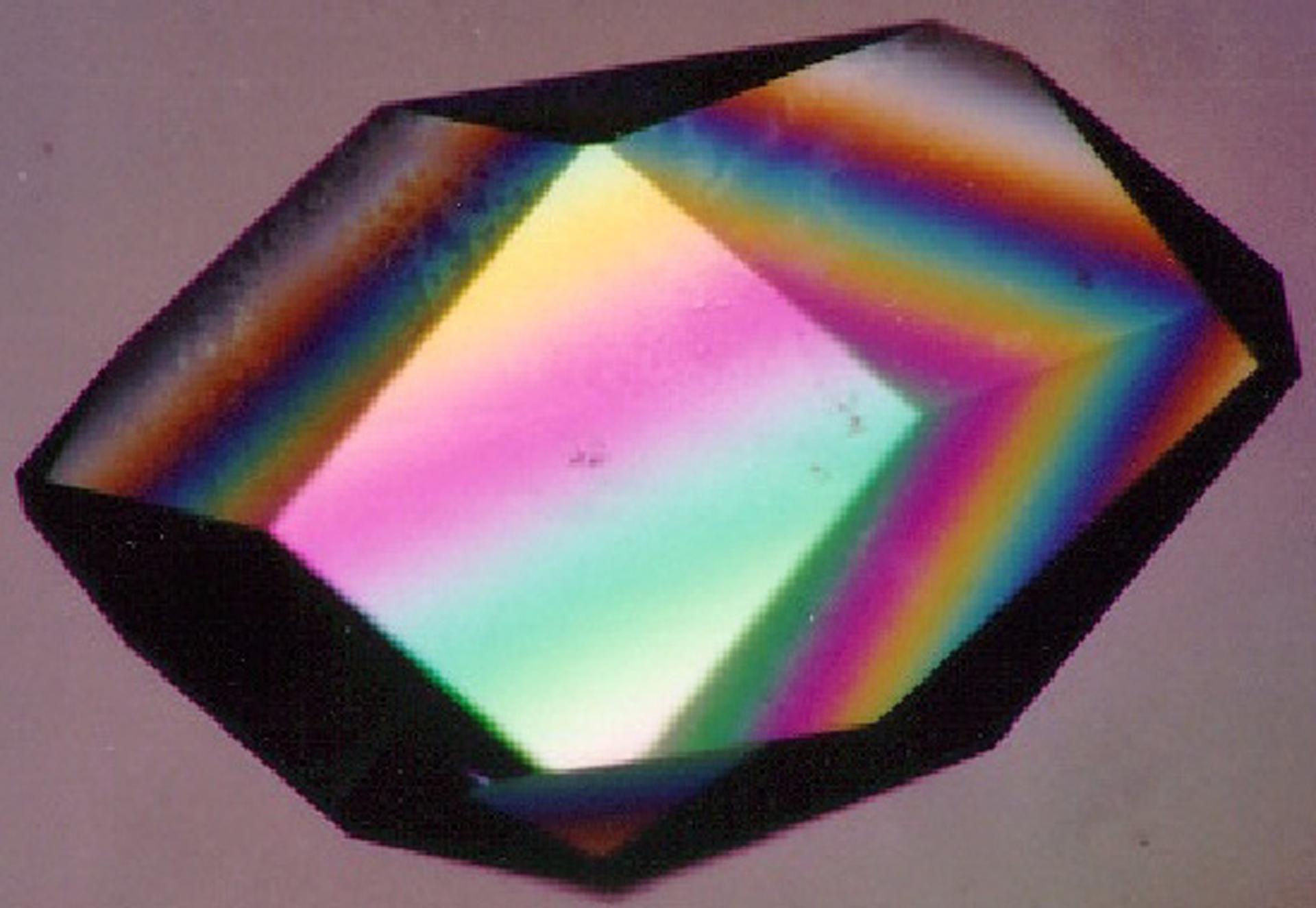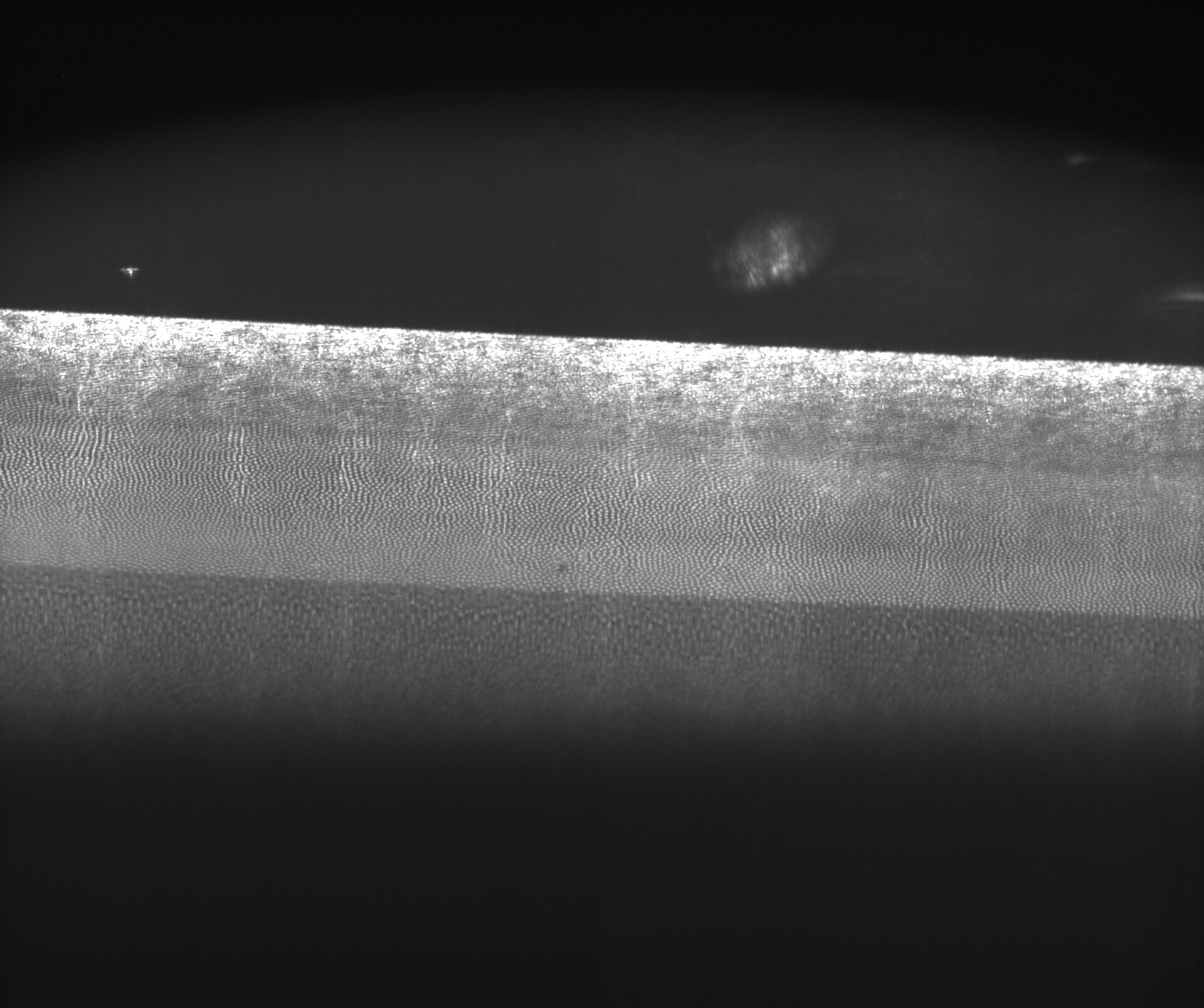4 min read NASA to Launch Three Rockets from Alaska in Single Aurora Experiment Three NASA-funded rockets are set to launch from Poker Flat Research Range in Fairbanks, Alaska, in an experiment that seeks to reveal how auroral substorms affect the behavior and composition of Earth’s far upper atmosphere. The experiment’s outcome could upend a long-held theory about the aurora’s interaction with the thermosphere. It may also improve space weather forecasting, critical as the world becomes increasingly reliant on satellite-based devices such as GPS units in everyday life. Colorful ribbons…
Read MoreTag: Science & Research
NASA’s Record-Shattering, Theory-Breaking MMS Mission Turns 10
5 min read NASA’s Record-Shattering, Theory-Breaking MMS Mission Turns 10 Since its launch on March 12, 2015, NASA’s MMS, or Magnetospheric Multiscale, mission has been rewriting our understanding of a key physical process that is important across the universe, from black holes to the Sun to Earth’s protective magnetic field. This process, called magnetic reconnection, occurs when magnetic field lines tangle and explosively realign, flinging away nearby particles. Around Earth, a single magnetic reconnection event can release as much energy in a couple of hours as the entire United States…
Read MoreNASA Receives Some Data Before Intuitive Machines Ends Lunar Mission
Intuitive Machines’ IM-2 captured an image March 6, 2025, after landing in a crater from the Moon’s South Pole. The lunar lander is on its side about 820 feet from the intended landing site, Mons Mouton. In the center of the image between the two lander legs is the Polar Resources Ice Mining Experiment 1 suite, which shows the drill deployed. Credit: Intuitive Machines Shortly after touching down inside a crater on the Moon, carrying NASA technology and science on its IM-2 mission, Intuitive Machines collected some data for the…
Read MoreNASA Awards Launch Service for Mission to Study Storm Formation
Credit: NASA NASA has selected Firefly Aerospace Inc. of Cedar Park, Texas, to provide the launch service for the agency’s Investigation of Convective Updrafts (INCUS) mission, which aims to understand why, when, and where tropical convective storms form, and why some storms produce extreme weather. The mission will launch on the company’s Alpha rocket from NASA’s Wallops Flight Facility in Virginia. The selection is part of NASA’s Venture-Class Acquisition of Dedicated and Rideshare (VADR) launch services contract. This contract allows the agency to make fixed-price indefinite-delivery/indefinite-quantity awards during VADR’s five-year ordering period,…
Read MoreTouchdown! Carrying NASA Science, Firefly’s Blue Ghost Lands on Moon
First image captured by Firefly’s Blue Ghost lunar lander, taken shortly after confirmation of a successful landing at Mare Crisium on the Moon’s near side. This is the second lunar delivery of NASA science and tech instruments as part of the agency’s Commercial Lunar Payload Services initiative. Credit: Firefly Aerospace Carrying a suite of NASA science and technology, Firefly Aerospace’s Blue Ghost Mission 1 successfully landed at 3:34 a.m. EST on Sunday near a volcanic feature called Mons Latreille within Mare Crisium, a more than 300-mile-wide basin located in the…
Read MoreNASA Awards Delivery Order for NOAA’s Space Weather Program
Credit: NASA NASA, on behalf of the National Oceanic and Atmospheric Administration (NOAA), has awarded a delivery order to BAE Systems Space & Mission Systems Inc. of Boulder, Colorado, to build spacecraft for the Lagrange 1 Series project as a part of NOAA’s Space Weather Next program. The award made under the Rapid Spacecraft Acquisition IV contract, has a total value of approximately $230.6 million with the period of performance running from February 2025 to February 2035. The work will take place at the awardee’s facility in Boulder. The firm-fixed-price…
Read MoreStation Science Top News: Jan. 31, 2025
Seeds survive space A close-up view of the Materials International Space Station Experiment hardware housing materials for exposure to space. NASA Researchers found that plant seeds exposed to space germinated at the same rate as those kept on the ground. This finding shows that plant seeds can remain viable during long-term space travel and plants could be used for food and other uses on future missions. Materials International Space Station Experiment-14 exposed a variety of materials to space, including 11 types of plant seeds. The work also evaluated the performance…
Read MoreNASA Invites Media to Discuss PUNCH Mission to Study Solar Wind
Caption: Illustration of the four PUNCH spacecraft in low Earth orbit. Credit: NASA’s Goddard Space Flight Center Conceptual Image Lab NASA will hold a media teleconference at 2 p.m. EST on Tuesday, Feb. 4, to share information about the agency’s upcoming PUNCH (Polarimeter to Unify the Corona and Heliosphere) mission, which is targeted to launch no earlier than Thursday, Feb. 27. The agency’s PUNCH mission is a constellation of four small satellites. When they arrive in low Earth orbit, the satellites will make global, 3D observations of the Sun’s outer…
Read More6 NASA Experiments on Materials, Benefitting Space and Earth
A Lysozyme crystal grown in microgravity, viewed under a microscope using X-ray crystallography. NASA Did you know that NASA conducts ground-breaking research in space on materials like metals, foams, and crystals? This research could lead to next-generation technology that both enables deep-space exploration and benefits humanity. Here are six studies scientists have conducted on the International Space Station that could have profound implications for future space travel and also improve products widely used on Earth: 01 Advancing construction and repairing techniques with liquid metals Researchers are looking at the effects…
Read MoreStation Science Top News: Jan. 17, 2025
Insights into metal alloy solidification Researchers report details of phase and structure in the solidification of metal alloys on the International Space Station, including formation of microstructures. Because these microstructures determine a material’s mechanical properties, this work could support improvements in techniques for producing coatings and additive manufacturing or 3D printing processes. METCOMP, an ESA (European Space Agency) investigation, studied solidification in microgravity using transparent organic mixtures as stand-ins for metal alloys. Conducting the research in microgravity removed the influence of convection and other effects of gravity. Results help scientists…
Read More